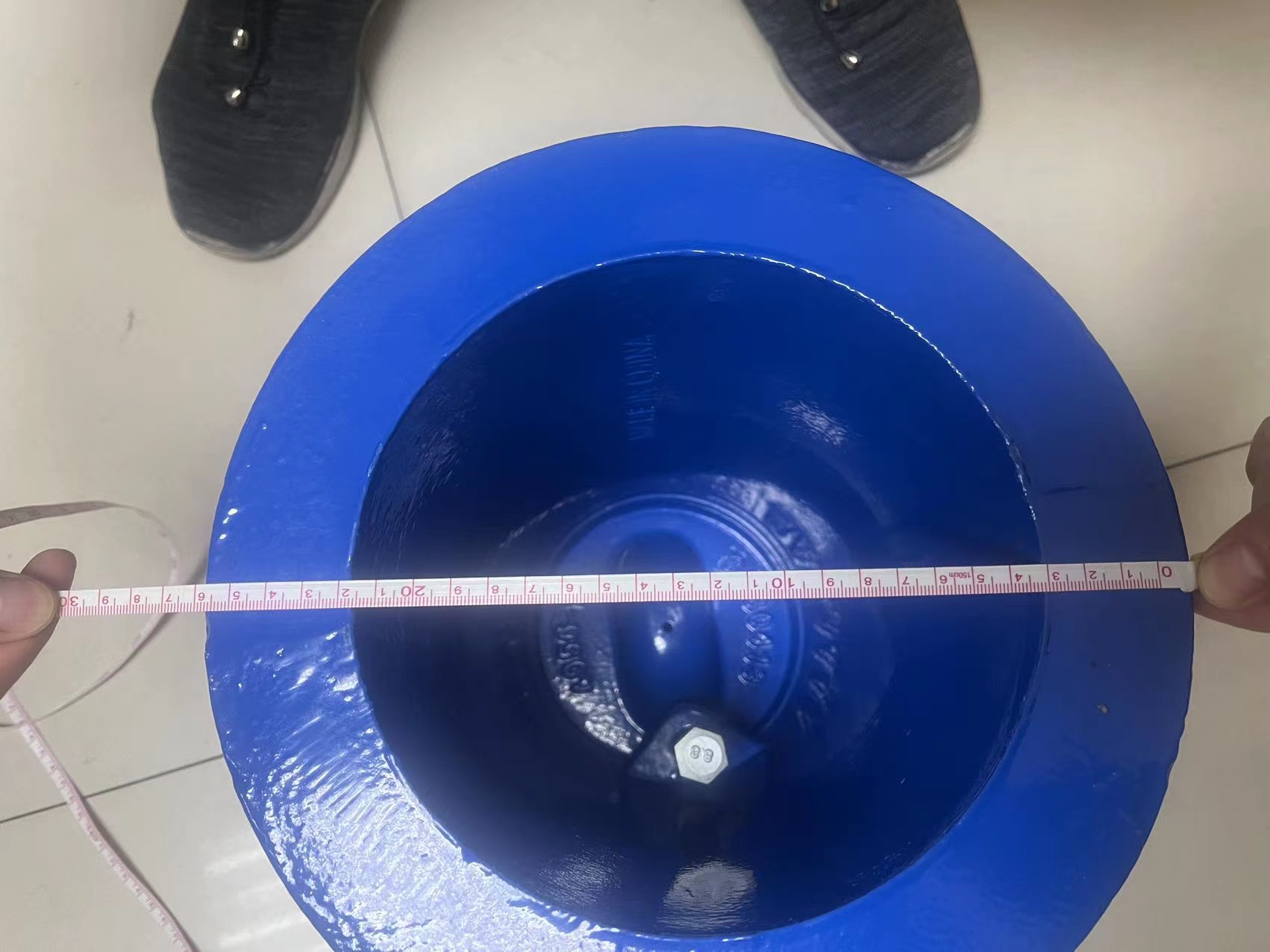air relief valve in water supply pipeline
Understanding Air Relief Valves in Water Supply Pipelines
In the realm of water supply systems, maintaining efficiency and ensuring the longevity of pipelines is paramount. One critical component that plays a vital role in this process is the air relief valve. This valve is specifically designed to handle the presence of air within a pipeline, mitigating issues that could lead to operational inefficiencies or potential system failures.
The Role of Air in Pipelines
Air can enter water supply pipelines through various means, often compromising the system's performance. Air pockets can form when the water flow is interrupted, during maintenance work, or through faulty sealing in pipeline joints. These air pockets can lead to several issues, including reduced flow rates, increased pressure on the system, and even the potential for pipeline damage.
What is an Air Relief Valve?
An air relief valve is a specialized device installed along pipelines to facilitate the automatic release of trapped air. These valves are designed to open when air pressure builds up within the pipeline, allowing the air to escape while preventing water loss. Typically positioned at high points in the system, air relief valves ensure that air does not accumulate and obstruct the flow of water, thus maintaining a steady pressure throughout the pipeline.
Mechanism of Action
The typical structure of an air relief valve includes a float mechanism with a seating surface that prevents water from escaping when closed. As air pressure increases within the pipeline, the valve opens automatically, allowing the trapped air to vent. When the air is released and the pressure normalizes, the float returns to its original position, sealing the valve and preventing water loss. This automatic operation is crucial in maintaining system efficiency and preventing interruptions in service.
air relief valve in water supply pipeline

Benefits of Air Relief Valves
1. Prevention of Water Hammer One of the most significant benefits of installing air relief valves is the reduction of water hammer effects. Water hammer, or hydraulic shock, occurs when a sudden change in fluid velocity creates a pressure surge within the pipeline. By allowing air to escape, these valves help to absorb shock waves, thus protecting the integrity of the system.
2. Enhanced Pipeline Performance By eliminating trapped air, air relief valves contribute to a consistent flow rate and pressure in water supply lines. This consistent performance helps in reducing wear and tear on pumps and other components of the system, ultimately extending their lifespan.
3. Cost-Effectiveness While the initial installation of air relief valves may represent a capital investment, the long-term benefits—including reduced maintenance costs and the prevention of system failures—often outweigh these initial expenses. Efficient operation translates to lower energy consumption and operational costs.
4. Simplicity and Reliability Air relief valves are relatively simple devices, requiring minimal maintenance to operate effectively. Their reliability and automatic functionality make them an excellent choice for various water supply applications, from municipal pipelines to irrigation systems.
Conclusion
The importance of air relief valves in maintaining the efficiency and functionality of water supply pipelines cannot be overstated. By effectively managing the presence of air within the system, these valves help to prevent potential issues such as water hammer, inconsistent flow rates, and increased wear on critical components. As water supply systems continue to evolve, the reliable integration of air relief valves will remain fundamental to ensuring efficient, cost-effective, and sustainable water distribution.
Ultimately, understanding the role and function of these valves can help water utility operators make informed decisions regarding their pipeline systems, leading to improved service delivery and a more resilient infrastructure. Investing in air relief valves is not just about compliance and maintenance—it's about promoting a reliable and efficient water supply for communities everywhere.
-
The Smarter Choice for Pedestrian AreasNewsJun.30,2025
-
The Gold Standard in Round Drain CoversNewsJun.30,2025
-
The Gold Standard in Manhole Cover SystemsNewsJun.30,2025
-
Superior Drainage Solutions with Premium Gully GratesNewsJun.30,2025
-
Superior Drainage Solutions for Global InfrastructureNewsJun.30,2025
-
Square Manhole Solutions for Modern InfrastructureNewsJun.30,2025
-
Premium Manhole Covers for Modern InfrastructureNewsJun.30,2025
